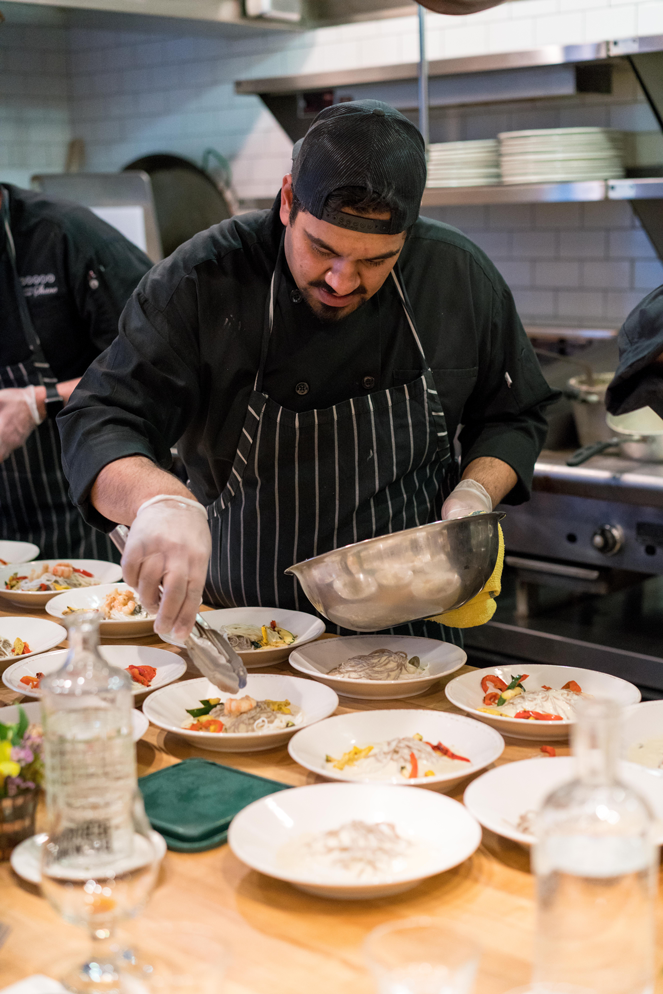Considerations for Selling Restaurant Gift Cards during COVID-19
Selling restaurant gift cards in the face of COVID-19 has become a common solution for operators who have been forced to get creative in keeping their businesses open while sit-down dining is at a pause.
Gift cards are a great tool to generate cash flow during COVID-19, but it’s important to consider both the benefits and possible consequences of selling them.
Why you should sell restaurant gift cards during COVID-19
By selling gift cards, you may be able to make up for some of the losses you’re experiencing by operating solely on takeout and delivery. Gift card sales generate immediate cash flow — which is especially important at a time when it’s uncertain when restaurants can operate normally again.
Even large, well-known restaurant groups are taking this approach. For example, CookNSolo, xtraCHEF customer and parent company of the James Beard Award-winning restaurant Zahav, hosted a gift card sales drive in order to pay their hourly workers.
Another upside to selling restaurant gift cards right now? They’ve gone digital! No need to worry about ordering a specific amount of plastic in order to meet order minimums. These digital options, like Toast Now, open up digital gift card possibilities that were previously out of reach for tiny operations and seamlessly integrate with your existing POS system for future redemptions.
When customers are ready to redeem their gift cards to your restaurant after COVID-19, it’s likely you’ll run into another benefit of those sales. Some customers will be motivated to order above the value of the gift card because they consider it to be free money in their pockets. And other customers might not use the full value of the gift card on the first visit, so they’ll want to come back to use the remainder — giving you double the covers from one gift card sale.

When restaurant gift cards might not be the right COVID-19 solution
There’s no question that gift card sales are extremely helpful in securing immediate cash in your restaurant’s coffers. But you should think of gift cards as an advance on future revenue and properly plan to account for them.
Money is coming into your business through gift card sales, yes, but it’s not technically a sale — it’s actually a liability on your balance sheet. Only when a customer redeems a gift card will it be considered taxable income on your P&L statement.
There’s no way to know exactly when your customers will redeem their gift cards. And when customers with gift cards do come in, you have to hope that they spend more than the value of those gift cards to account for any of the advance sales that you’ve already spent on things like bills or payroll.
For restaurant gift card sales to really help you during COVID-19 and beyond, it’s vital to plan ahead and budget those funds so they aren’t spent all at once. So if you’re worried about accounting for gift card sales or know you’ll need to spend a lot of advance cash, it might not be the right time to pursue a gift card program.
Similarly, if you’re in a place where you can’t confidently say that your restaurant will be in business within the next 6 months, gift cards probably are not the right decision to keep your doors open. Remember that, since gift cards are liabilities, you are required to pay your customers back for them — which may be even more difficult without revenue coming in.

How to make restaurant gift card sales work for you
If you’re struggling with accounting right now, look no further. Automate the AP process with xtraCHEF to get immediate insight into back of house expenses with our signature feature, AP Management. All you have to do to get started is scan invoices, and xtraCHEF will take it from there!
By automating your back of house AP, you can turn your attention to gift card sales and accounting to get through COVID-19. Request a demo to learn more about how xtraCHEF can support your restaurant accounting, and don’t forget to check out our list of resources for restaurant operators to lean on during the coronavirus outbreak.


